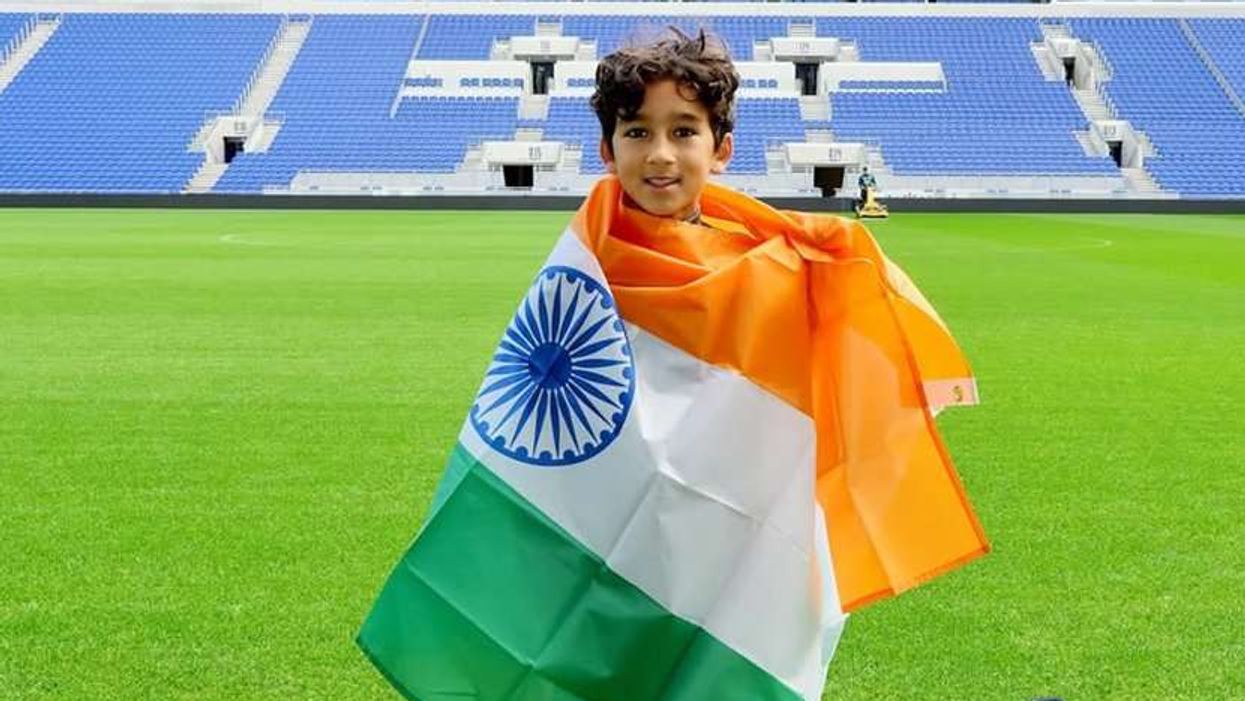My friend and colleague, the American historian Peter Heehs, who has lived in Pondicherry, India, for decades, recently published a compelling new biography, The Mother: A Life of Sri Aurobindo’s Collaborator (2025). Heehs previously authored The Lives of Sri Aurobindo (2008), which remains one of the most balanced and scholarly accounts of Aurobindo’s life.
According to Heehs, most previous biographies of the Mother were written for devotees and relied on secondary sources, often presenting her as a divine incarnation without critical engagement. “Such biographies are fine for those who see the Mother as a divine being,” Heehs said, “but they can be off-putting for readers who simply want to understand her life – as an artist, writer, spiritual teacher, and founder of the Ashram and Auroville.”
Heehs’s biography is grounded in extensive archival research across France, England, India and Israel, along with digital collections of historical newspapers and journals. He examined all of her published works in both French and English, even uncovering essays written under a pseudonym that had not been seen since 1905. He traces her early life within the vibrant world of Belle Époque Paris (1871–1914), where she moved in artistic and esoteric circles.
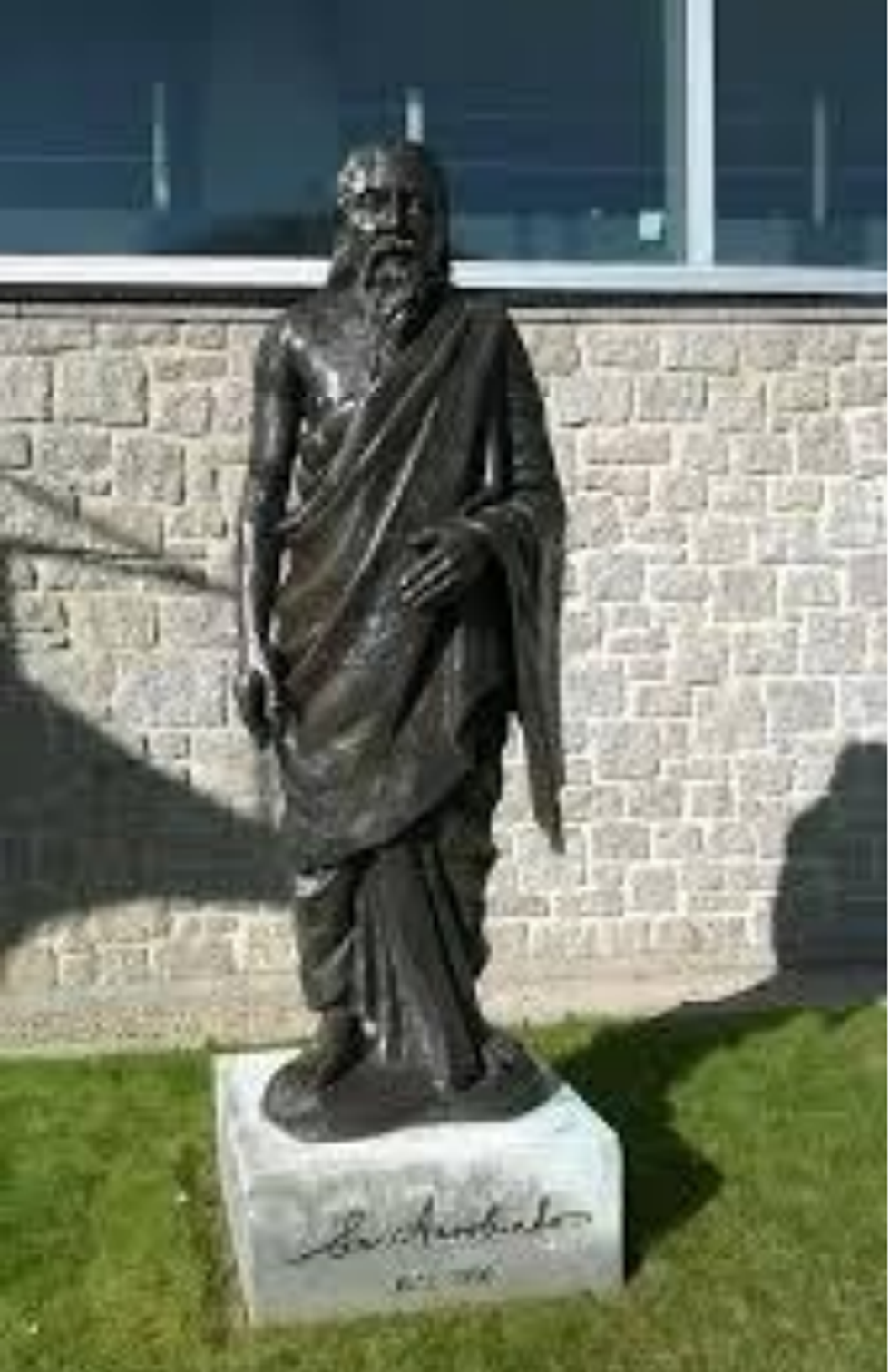
Born in 1878 into a moderately wealthy Sephardic Jewish family – her father was Turkish-Egyptian, her mother Egyptian-Jewish – Mirra Alfassa grew up in an intellectually rich and cosmopolitan environment. Tutored at home, she later studied painting at the prestigious Académie Julian and exhibited at the Paris Salon. Her first husband, Henri Morisset, was a painter of the Intimist school, more traditional than contemporaries like Henri Matisse, Édouard Vuillard and Pierre Bonnard. Though he never gained their level of fame, he moved in similar artistic circles, and Mirra herself knew and associated with figures like Auguste Rodin.
At the same time, she was deeply engaged in the French occult revival, serving as managing editor of the Revue Cosmique, an esoteric journal. Her spiritual journey intensified when she encountered the Bhagavad Gita under the guidance of Indian lecturer G N Chakravarty and later engaged with eastern spiritual teachers such as Inayat Khan and ‘Abdu’l-Bahá.
In 1910, her second husband, Paul Richard, travelled to Pondicherry and met Sri Aurobindo. In 1914, Mirra joined him in India, and together with Aurobindo, they launched the monthly review Arya, which published most of Aurobindo’s major writings. The First World War forced their return to France, followed by a sojourn in Japan. They returned to Pondicherry in 1920, after which Paul Richard departed. Mirra remained and became Aurobindo’s closest spiritual collaborator.
Heehs describes two principal approaches to biography. The first – the contingent approach – follows the subject’s life chronologically, attending closely to verifiable facts. The second – the teleological approach – interprets the subject’s life as an inevitable progression towards a destined goal. “I took the contingent approach when dealing with the Mother’s early life,” Heehs explained, “and continued to do so even after Sri Aurobindo declared her to be an incarnation of the divine Shakti. As a historian, my role is not to make theological pronouncements but to present the facts of her outer and inner life, insofar as she spoke about them.”
When asked about the Mother’s lasting contributions, Heehs emphasised: “She established the Sri Aurobindo Ashram, founded its school – the Sri Aurobindo International Centre of Education – and launched the international utopian city of Auroville. At the same time, she oversaw both the inner and outer lives of the ashram’s members.”
Aurobindo Ackroyd Ghosh – the polymath Indian philosopher, freedom fighter and revolutionary yogi – was educated in England at St Paul’s School and King’s College, Cambridge, where he was trained in the Classics. Long before the term “Asian century” became popular, Aurobindo had already envisioned Asia’s re-emergence on the world stage. Today, countless volumes have been written about his extraordinary life and complex philosophical legacy.
Although it may sound like a modern geopolitical thesis, Aurobindo proclaimed in 1918: “Asia is once more rising; she is throwing off the torpor of centuries. She is recovering the pride of her past and the faith in her future... It is through the recovery of the deeper self of Asia that the world will find its balance.”
His collaborator, Mirra Alfassa, widely known as the Mother, dedicated her life to actualising this prophetic vision.

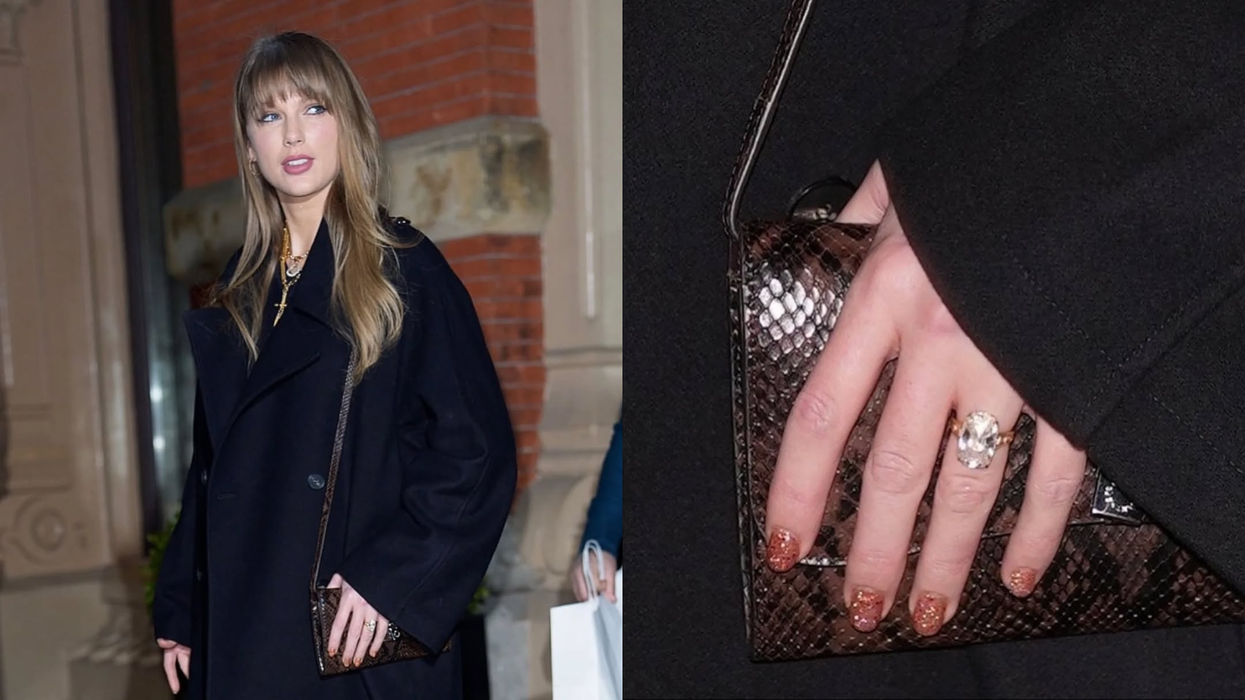

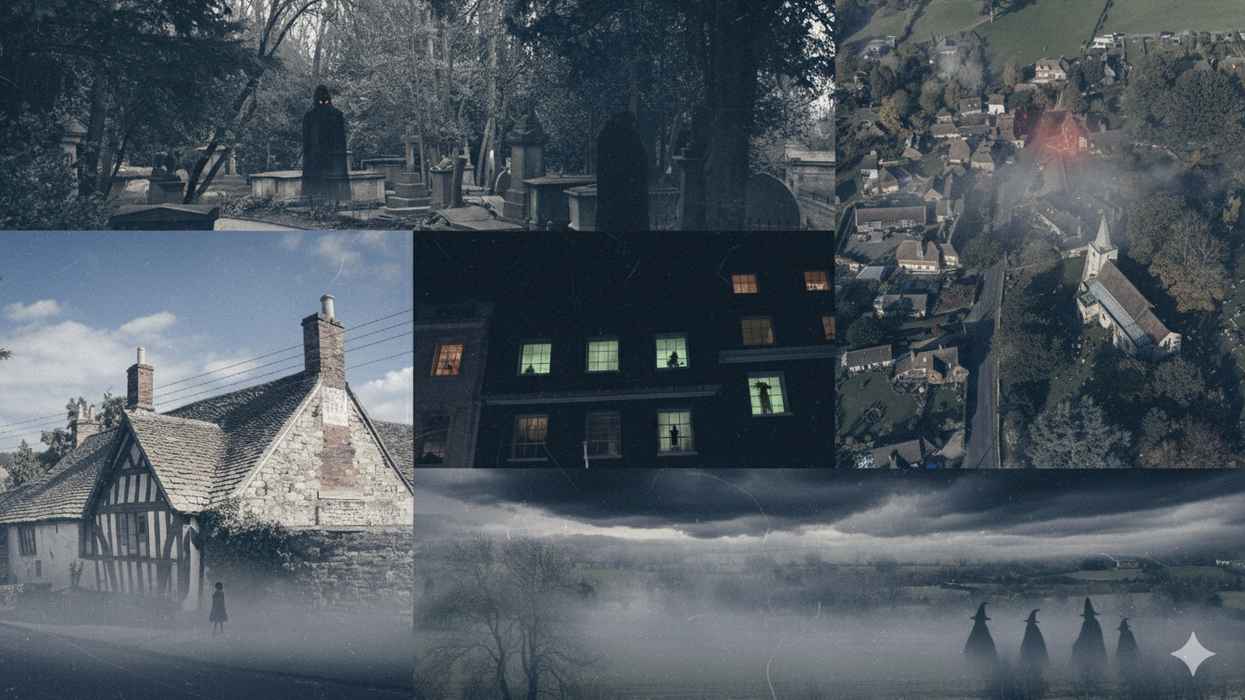


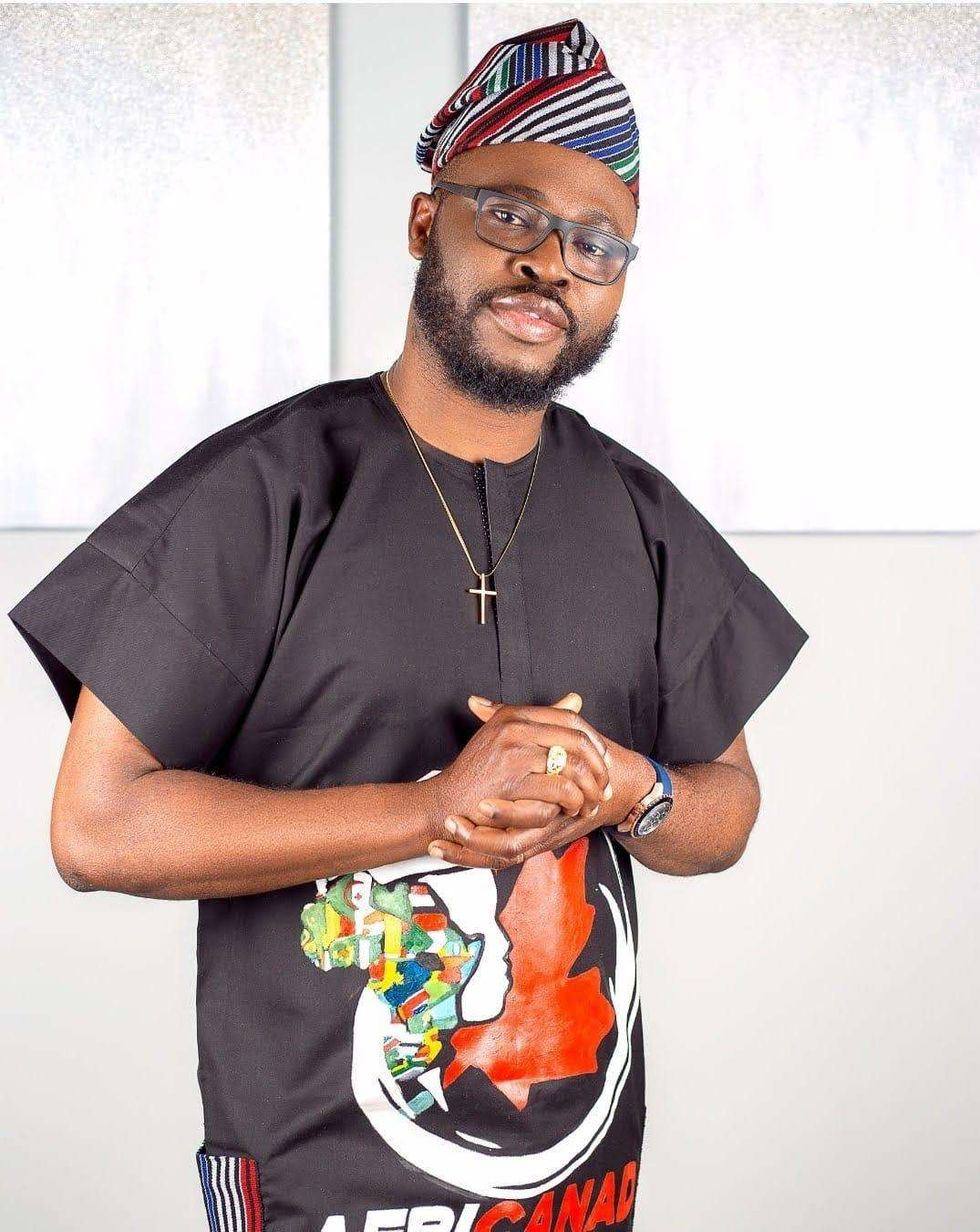 Ayodele Odeyemi
Ayodele Odeyemi This is why South Asia offers such vital lessons for African creators today
This is why South Asia offers such vital lessons for African creators today